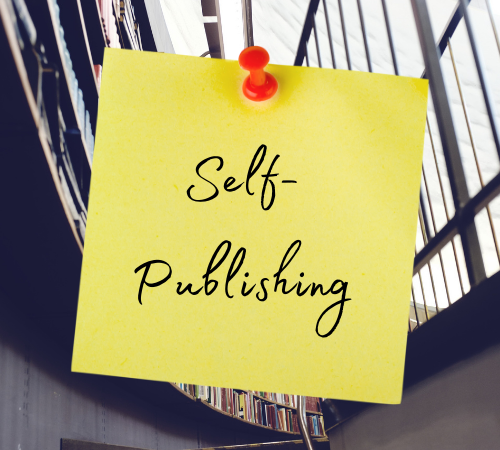Any endeavor, whether it is writing articles or blogs, must begin somewhere- and that, in most cases, is with an idea. In the literary industry, that concept is transformed into a manuscript, and eventually a book.
That is a straightforward explanation. Of course, the publishing industry, whether traditional or self-publishing, is far from straightforward.
Here is a more detailed breakdown of the process:
Step 1: Inspiration/Idea
The writer receives inspiration or an idea. The concept may begin with a passage from a poem or scene from a book. However, it begins with a spark, which ignites additional words and concepts.
Step 2: First Draft
The writer plows forward with the first draft. This may include a month-long novel writing challenge or years of study for a nonfiction book for some authors. It may also be a case of compiling blog material for packaging and selling. Regardless, the writer or author completes the task.
Step 3: Revision of First Draft
The initial draft is revised by the writer. Writers that are serious about producing high-quality work, on the other hand, will modify their first drafts. Numerous novels that fail to connect with readers may be traced back to a lack of editing and value of its production. In traditional publishing, an editor and the literary agent will collaborate with the author at this stage.
Step 4: Final Draft Submission
In traditional publishing, the writer or author has essentially completed the book’s creation. However, the self-published or indie author still has a lot of work ahead of them in terms of developing the book.
Step 5: Book Layout
The book designer layouts the book. Fonts are selected (and, in certain situations, licensed). Pages to the front (title page and copyright page) and pages to the rear (glossaries and indexes) are all prepared in advance. Additionally, don’t forget the covers.
Step 6: Protection
Book publisher maintains a large amount of documentation. Copyright protection is in place. ISBNs are assigned (for print books, digital books, and books in several formats). Budgets and marketing strategies are established. Records are maintained.
Step 7: Printing
For independent writers, this may include submitting the manuscript to a printer or loading it with a print-on-demand provider. Additionally, it may imply the loading of an electronic file suitable with the digital platform of the writer or author’s choosing (Kindle, Nook, Amazon, etc.).
Step 8: Distribution
The book publisher is responsible for distribution. Distribution will be a stumbling block for independent publishers. However, it is not impossible. Effective book publishers are adept at repurposing distribution and establishing other channels of communication with their target audience.
Step 9: Promotion
The book publisher and writer/ author work together to market the books. Occasionally, the publisher goes above and beyond; more often than not, the writer goes above and beyond. In independent publishing, there is no doubt about who is responsible for the majority-if not all-all of the effort. That’s correct; the self-published/ indie author must roll up their sleeves, develop contracts, and promote their work to prospective readers.
Step 10: Another Idea
Successful authors or writers and publishers are seldom satisfied with one book. If anything, they are driven even more by the desire to create the next big idea and successful endeavor. Thus, the cycle is perpetuated.
Finding the right company that offers quality and affordable book marketing and publishing services is easy with Blueprint Press Internationale. Pick up your phone and dial (888) 617-8289 to know more. You can also go to blueprintinternationale.com for more details.




